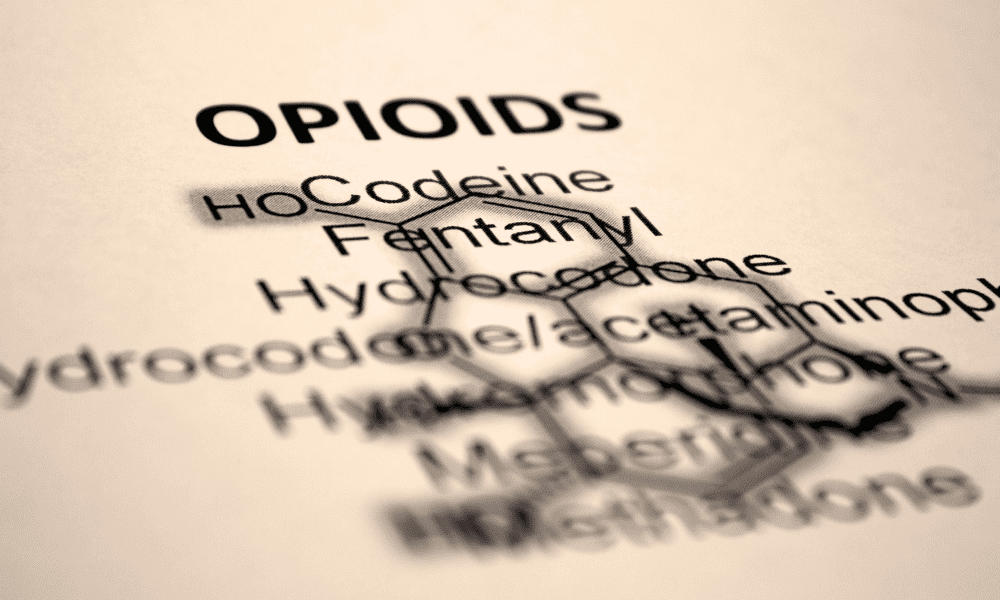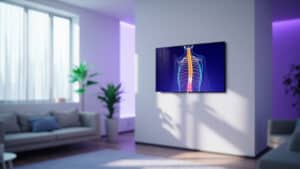No, the lidocaine patch is not a narcotic. However, the more correct question to ask would be is the lidocaine patch an opioid? and again the short answer is no they are not an opioid.
Follow Dr. Manzi’s Pain Diaries channel on YouTube for up to date cutting edge pain relief information:

Understanding Lidocaine Patches
Lidocaine patches are a popular topic of discussion among individuals seeking pain relief. If you’ve ever experienced discomfort or chronic pain, you may have come across topical pain patches as a potential solution. However, it’s crucial to understand what exactly they are and whether they fall into the category of narcotics. In this article, we’ll unravel the mystery and explore their composition, uses, and potential side effects. So, let’s dive in and answer the burning question:

Debunking the Myth
These patches are not classified as narcotics. In fact, they belong to a different class of medications called a local anesthetic. While narcotics are substances derived from opium or synthetic variations that act on the central nervous system, this patch works by numbing the area where they are applied. This key distinction sets patches such as the Lidoderm Lidocaine patch apart from narcotics.
At Performance Pain and Sports Medicine, we understand the importance of providing accurate and helpful information to our patients and their families. That is why we have created this comprehensive guide to help you understand Lidoderm (Lidocaine Patch 5%) and its classification as a non-opioid medication.
What are They?
The Lidocaine patch, which is also known as transdermal lidocaine, is a topical medication designed to provide localized pain relief. They contain lidocaine, a local anesthetic, which works by numbing the nerves in the painful area. The Lidocaine patch is available both as a prescription and nonprescription product, and they come in various strengths, 5% is prescription strength and 4% is non-prescription strength [1].
Understanding Narcotics
Before we delve deeper, it is essential to clarify what narcotics are. Narcotics, also referred to as opioids, are a class of drugs that act on the central nervous system to relieve pain. They include substances such as morphine, codeine, and oxycodone. Narcotics have a potential for abuse and can be addictive if not used properly.
Lidocaine Patch is not a Narcotic
Contrary to popular belief, a lidocaine patch is not classified as a narcotic. According to the provided search results, a lidocaine patch does not contain any narcotics or opioids [2]. Lidocaine itself is not a narcotic; it is a local anesthetic that works by blocking nerve signals in the area where it is applied. Therefore, these patches do not carry the same risks associated with narcotics.
Doctor’s Prescription is Required for Lidocaine Patch 5%
Lidoderm (Lidocaine Patch 5% dosage) is a transdermal patch that contains lidocaine as its active ingredient. Lidocaine works by blocking the signals of pain from the nerves. The patch is used to treat post-herpetic neuralgia, which is a type of nerve pain that occurs after shingles. It is also used to treat other types of nerve pain such as diabetic neuropathy, phantom limb pain, and complex regional pain syndrome.
Maybe it is because a prescription is required when the dosage is above 5% that many people are confused about whether Lidoderm (Lidocaine Patch 5%) is an opioid or not. The simple answer is that it is not an opioid. Opioids are drugs that are derived from opium or opioids, and Lidoderm (Lidocaine Patch 5%) does not fall into this category. Instead, it is a transdermal patch that is applied directly to the skin to relieve pain.
Composition of the Patch
To gain a deeper understanding, it’s essential to explore the composition of the patch. These topical patches contain the active ingredient lidocaine, a local anesthetic that relieves pain by numbing the affected area. The patch itself consists of a thin adhesive layer infused with lidocaine, which adheres to the skin when applied.
The Uses of the Patch
Now that we know these patches aren’t narcotics, let’s explore their various uses and benefits. Lidocaine patches are commonly employed to provide relief for localized pain, such as muscular discomfort, joint pain, and post-herpetic neuralgia (a complication of shingles). The patches can be applied directly to the affected area, delivering topical targeted relief.
Lidocaine patches are particularly useful in cases where oral medications or injections are not preferred or feasible. They offer a non-invasive alternative for managing pain, providing convenience and localized relief to individuals in need.
The Application Process
To ensure the proper and safe use of, it’s crucial to follow the recommended application process. Here are the steps to apply a lidocaine patch effectively:
Clean the area: Start by cleaning the skin where you intend to apply the patch. Use mild soap and water, ensuring the area is dry before proceeding.
Remove the patch from its packaging: Carefully peel the lidocaine patch from its protective covering.
Apply the patch: Gently press the adhesive side of the patch onto the desired area of the skin. Make sure the patch adheres firmly.
Duration of application: Follow the instructions provided by your healthcare professional regarding the recommended duration for wearing the patch.
Patch removal: When it’s time to remove the patch, carefully peel it off, ensuring it does not damage the skin.
Potential Side Effects
It is important to note, however, that Lidoderm (Lidocaine Patch 5%) can still have side effects of its own. Some of the common side effects of Lidoderm (Lidocaine Patch 5%) include skin irritation, redness, and itching. These side effects are usually mild and go away on their own, but if serious side effects are experienced then it is important to contact your doctor immediately.
Conclusion: – A Non-Narcotic Solution
In conclusion, Lidoderm (Lidocaine Patch 5%) is a non- opioid medication that is used to relieve nerve pain. It is not addictive like opioids are and does not have the same side effects. If you are experiencing nerve pain, talk to your healthcare provider about whether Lidoderm (Lidocaine Patch 5%) may be a good treatment option for you.
Want more information of prescription pain patches then please visit our website pages:
Prescription Pain Relief Patches
And
Prescription Lidocaine Patches for Pain Relief
If you have chronic pain and would like to explore treatment options, we have virtual consultations available for prescription pain patches, or you can see Dr. Manzi who is available for consultations in Houston and League City, Texas. Dr. Matthias Wiederholz is also avilable in Houston, Texas and Lawrenceville, New Jersey. Our team will work with you to create a personalized treatment plan to help you get back to the daily activities you enjoy.
Edited and updated on 5/26/2023

















